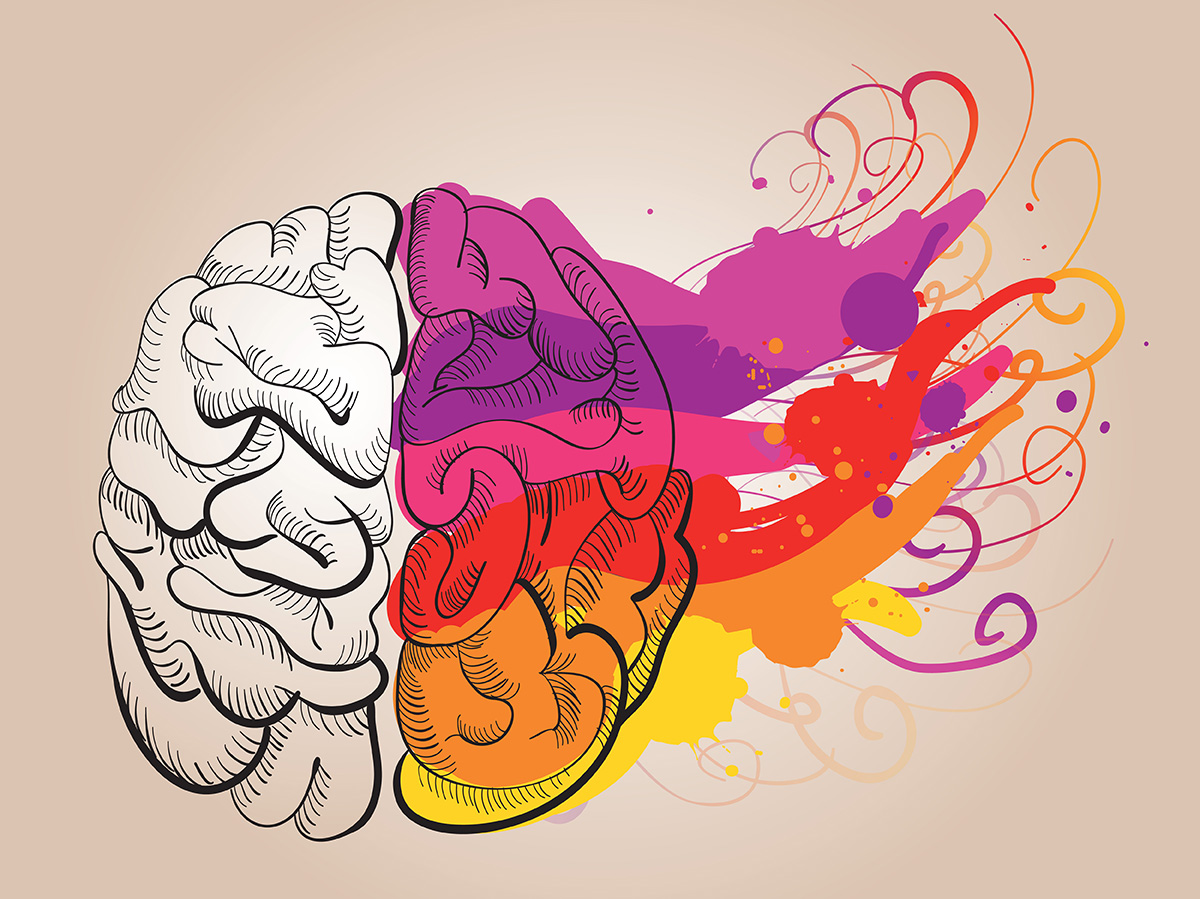One in five school-aged children in the US (between the ages of 6 ad 19) are obese. This number has nearly tripled since the 1970’s. A child is considered obese, as defined by the CDC, when their Body Mass Index (BMI) is at or above the 95th percentile for their age and sex.

While it is normal for a child’s weight and BMI to fluctuate as they grow, obesity is beyond the benign heavier phase that some children experience. This excess body fat puts children at a higher risk for developing asthma, sleep apnea, joint problems, Type II Diabetes, and even heart disease. Not to mention, there is a social component–children who are obese tend to experience higher rates of bullying, self-esteem issues, and depression. We at ARinMED believe that Augmented Reality is the perfect tool to help lower obesity rates in children. We believe that the creative, interactive approach could lend itself to fun solutions that promote physical activity in children! Below, we’ve thought through two ideas that we want to share with you.

One of the leading causes of obesity is poor diet and overeating. Researchers at the Neuro-Psychology Lab of the IRCCS Istituto Auxologico Italiano in Milan, Italy are using AR for a process called Cue Exposure therapy. Cue exposure works by exposing patients to the foods that they typically binge upon while not allowing them to eat them. Researchers wanted to test whether the augmented images of food (seen through a wearable AR device) could elicit the same emotional responses produced by the real stimulus. The VAS for Palatability was administered to assess “pleasantness,” recording heart rate, skin conductance response, nad facial corrugator supercilii muscle activation. The results? Even though researchers say that the findings are still very preliminary, the AR food stimuli were perceived as favorably as the real stuff, triggering an arousal response. What good does that do? By forcing the person to resist the urge to eat, it will help them to be able to do it themselves.
AR can help the option on the right look (almost) just as delicious!
The idea of using smartphones to make healthy habits fun is nothing new. Most notably, Pokemon GO has been a leader in apps that encourage children to be physically active, incentivizing walking significant distances with the promise of Pokemon to catch and items to receive. Initial reports suggest that players did experience increases in average number of steps taken per day. We need more apps like this one, perhaps ones whose focus is just a bit more on the actual walking than the gameplay in order to discourage the problems that Pokemon GO faced–namely, children not paying attention to where they were going. With proper safety considerations, these apps could change the face of exercise for children.
These two AR approaches to diet and exercise could really have an impact on childhood obesity rates. By coaching children to engage in healthy habits like portion control and regular exercise, we can set them up to lead healthier lives in the long run. With children even more so than in adults, it’s important to ensure that healthy habits are made fun, and that’s where AR comes in! We at ARinMED would love to see more apps encouraging healthy habits for children. Do you agree? Tell us your thoughts in the comments section!
Source: https://www.ncbi.nlm.nih.gov/pubmed/28271810







